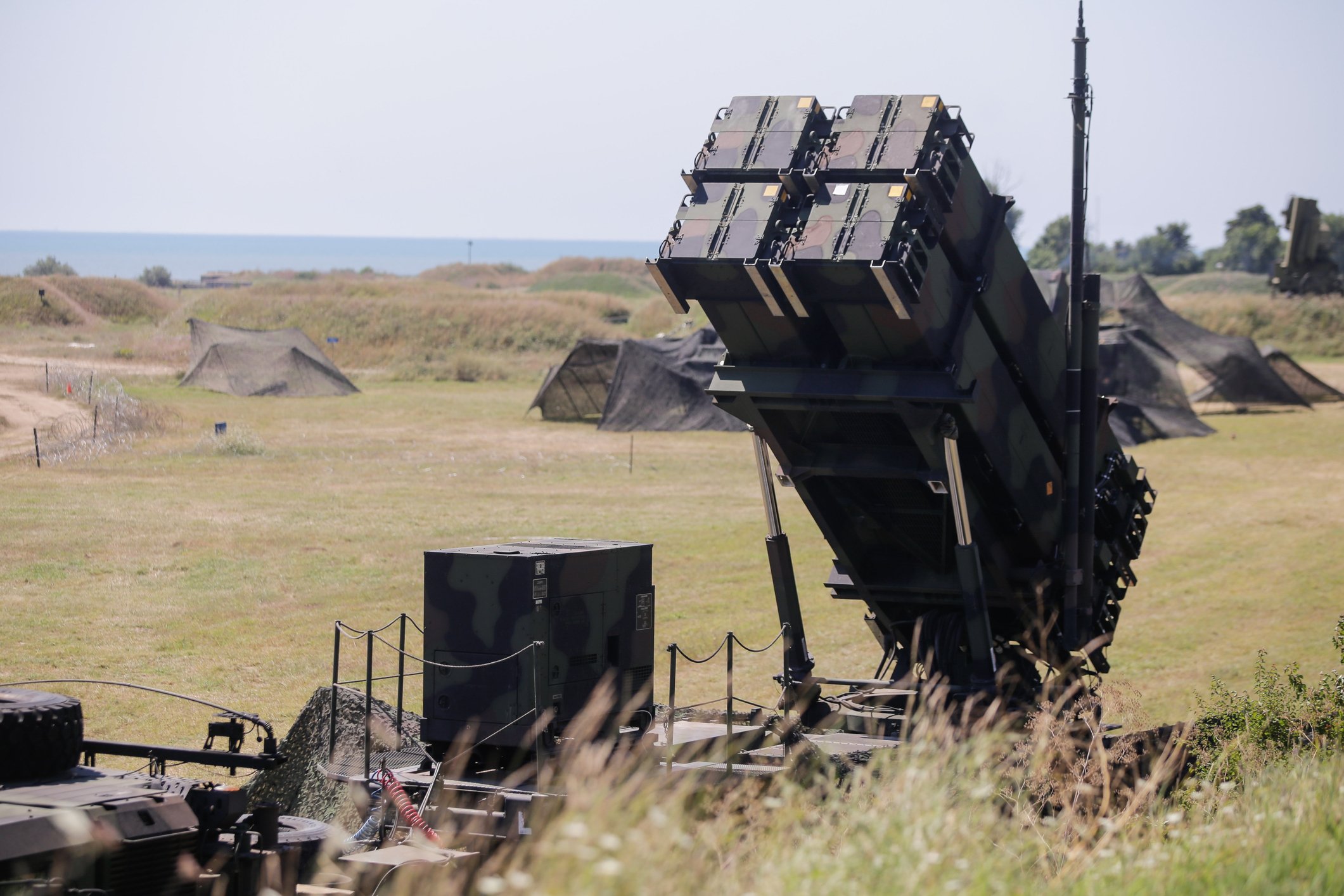
Source: Lockheed Martin.
When Lockheed Martin (LMT +1.51%) reported its fourth-quarter and full-year 2013 earnings this morning, it disappointed investors pretty badly. The fact that the stock sank 4% in response to the earnings news alone should tell you that. But quarterly earnings aren't everything.
Lockheed Martin expects to be building, maintaining, upgrading -- and getting paid for -- F-35 Lightning II fighter jets for the next 60 years -- or 240 "quarters." Viewed from that perspective, you could argue that a single quarter's results are downright insignificant to the big picture. So, let's try to color that picture in a bit, move past the numbers, and focus instead on what Lockheed Martin had to say about the airplane that promises to be perhaps its biggest revenue generator... ever: the F-35.
The F-35 is unique
Lockheed Martin's F-35 is a really big deal. With projected sales in excess of $1 trillion on the jet, former Chairman of the Joint Chiefs Admiral Mike Mullen went so far as to say that it's probably the last manned fighter jet model America will ever build.
Already, Lockheed CEO Marillyn Hewson is able to boast that, thanks to Lockheed owning the F-35, "no one else has a fifth generation fighter and it's a unique capability" for Lockheed. CFO Bruce Tanner points out that because the F-35 is "through the developmental cycle," Lockheed doesn't have to spend as much on R&D to develop a new plane, while its rivals must: "Our portfolio is available now ... I think that's got us very uniquely positioned."

Lockheed Martin's F-35: Ready for takeoff. Source: Lockheed Martin.
The F-35 is a big part of Lockheed's business
Lockheed Martin delivered 35 F-35s to its customers in 2013, five more than in 2012. So the program is still very definitely in the "low-rate, initial production" phase of its rollout. Yet already, Hewson pointed out in yesterday's conference call, "the F-35 [is] a very significant element of our portfolio. It ... represents 16% of our revenue in 2013 and it's going to continue to grow."
Tanner projects that this year, "the F-35 program [alone will be] as large or larger than any of our other four business areas."
But the F-35 is not very profitable... yet
As important as the F-35 is to Lockheed's future, though, investors still need to keep a close eye on the bottom line. Pointing to the 6% decline in aeronautics revenues in 2013, Tanner noted that operating profit margins held more or less steady at 11.4% -- not because the company is building more F-35's, though, but in spite of it. In emphasizing Lockheed's "improved performance from multiple lines of business," Tanner noted that diversification was actually "helping to offset the dilutive effects of additional F-35 volume" (emphasis added).
Translation: So far, the more F-35s Lockheed builds for its customers, the less profit it's making. Over time, that could change, as production volumes go up, and production costs go down. For now, though, the F-35 sounds like a bit of a double-edged sword for Lockheed: Yes, It's a product everyone else would like to have, but Lockheed is able to sell. The trick now will be to earn more profits on the product.

The F-35 remains a work in progress. Source: Lockheed Martin.






